And now, the next step forward: A Roadie 2 Automatic Tuner. This is an AWESOME tool for a classroom ukulele and/or guitar teacher. The previous version of this had caught my eye before, but when I found out that the first version REQUIRED pairing it with a tablet or smartphone, and it used the microphone from the paired device, I decided that it was cool, but useless to me.
Now that's all changed with the Roadie 2 - now it works like the clip-on tuners, and does not rely on a microphone. Check it out in action below!
Found a new great use for this gadget: allowing students to tune instruments who don't necessarily know how! The other day, I had a student in my general music "Music Tech" class finish his project early. I had showed them my new "toy" the previous day, and he asked if he could tune all the ukuleles while he was waiting for the other students to finish.
Gee...SURE! Since then, a number of students have asked to do the same. I see a work reward in the making...one that rewards me as much as the students!
| | |
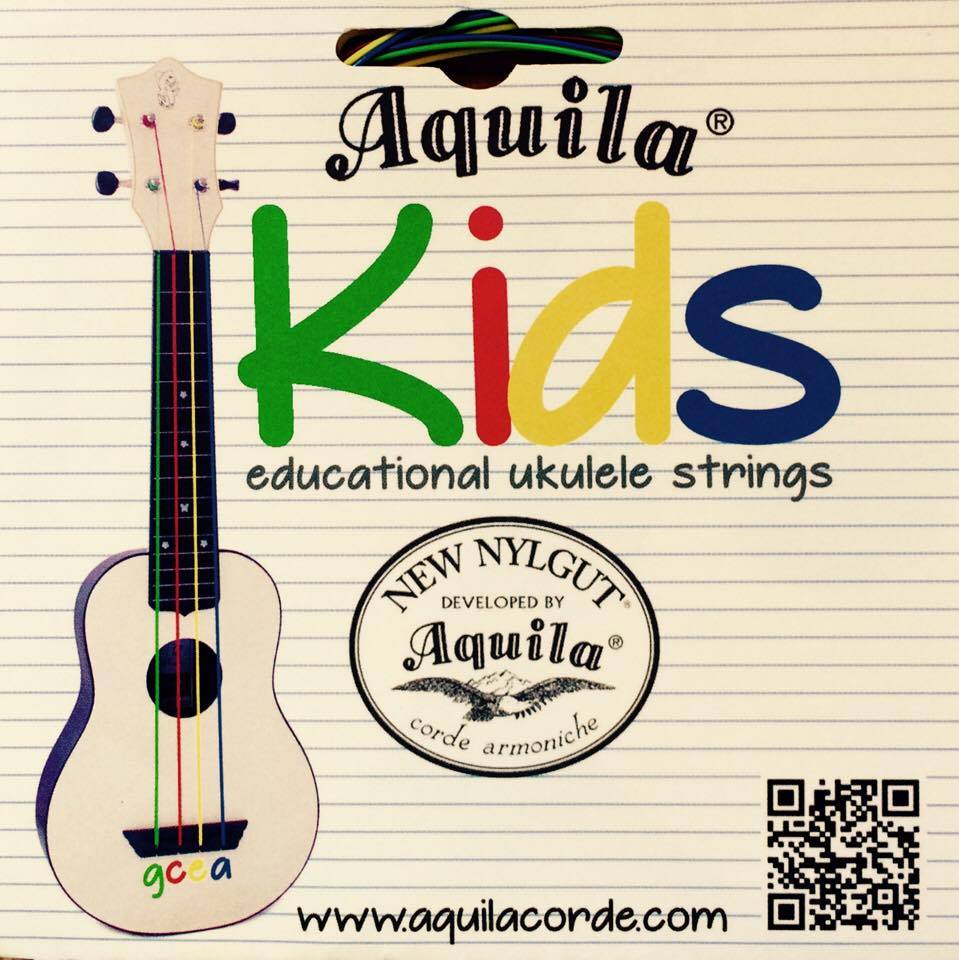
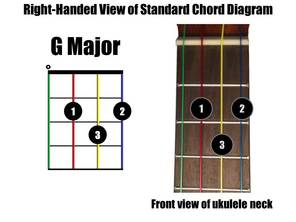
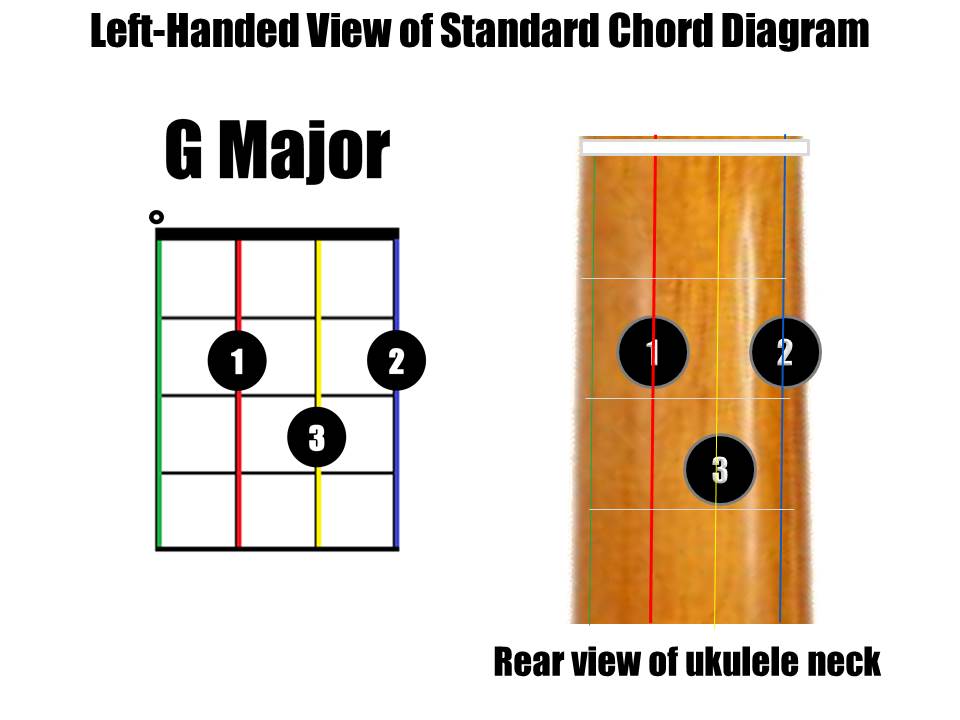
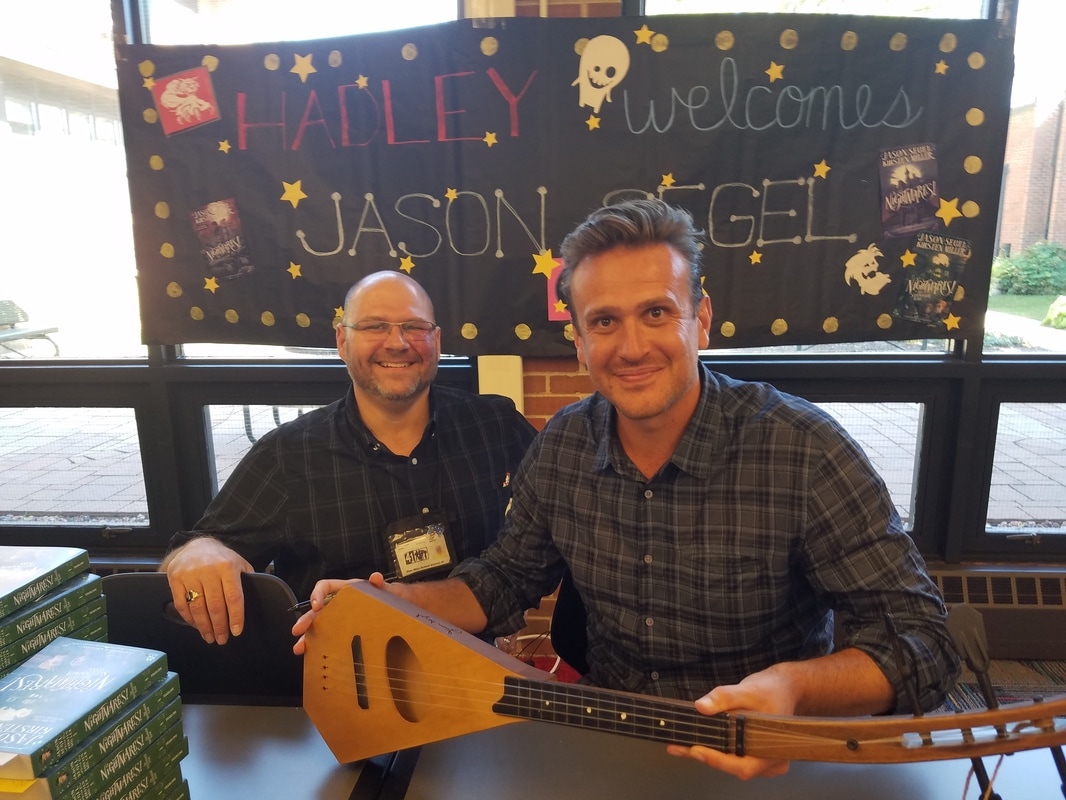

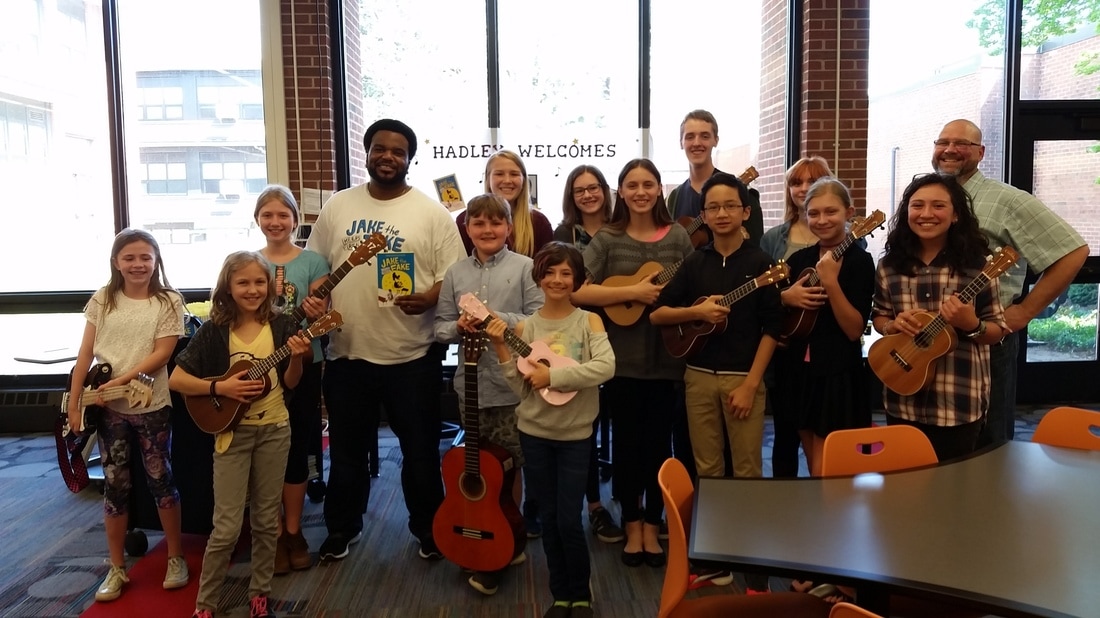

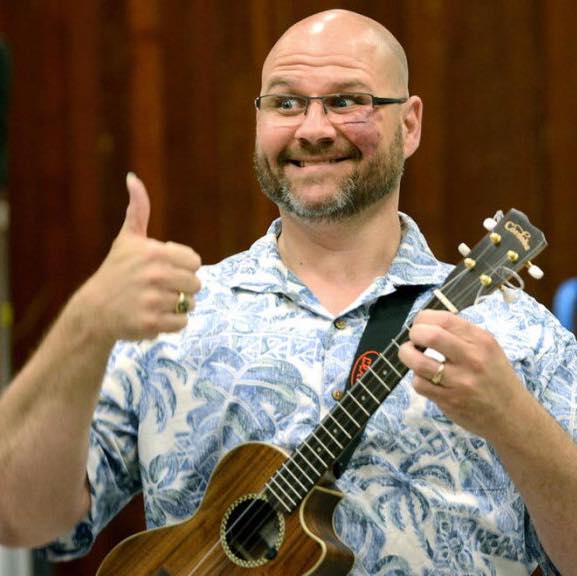
 RSS Feed
RSS Feed
